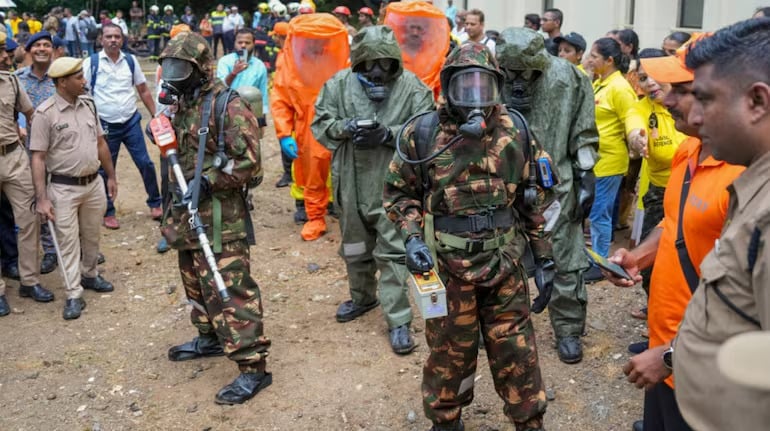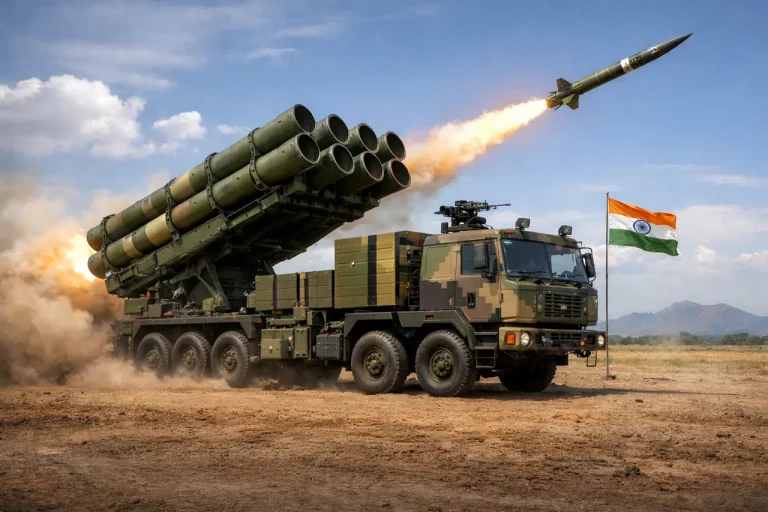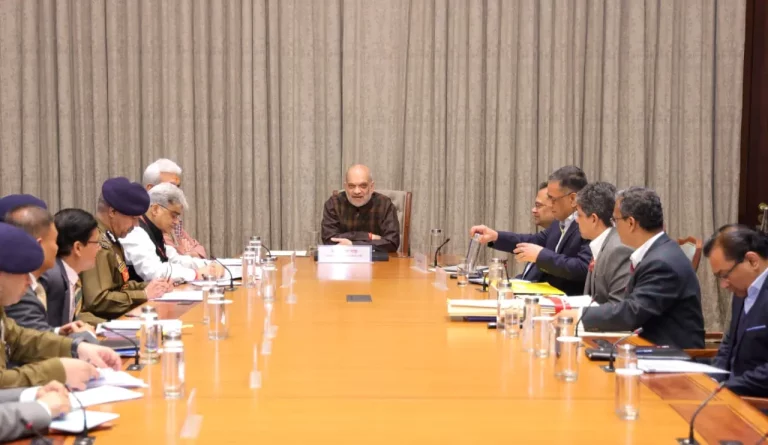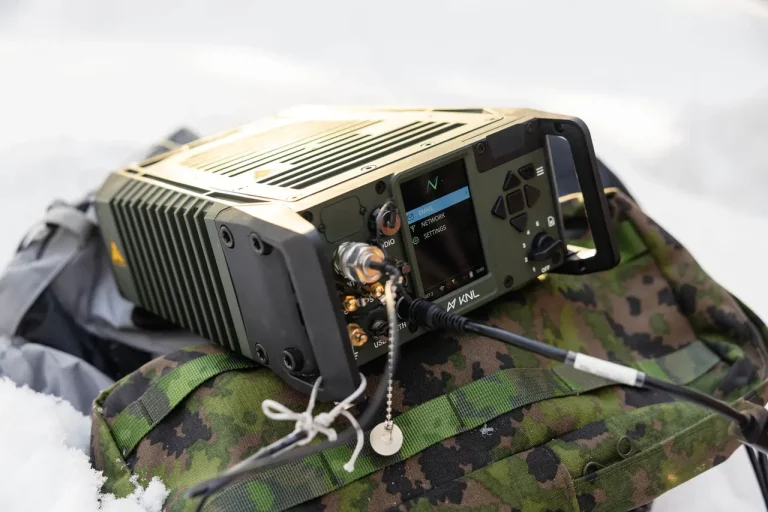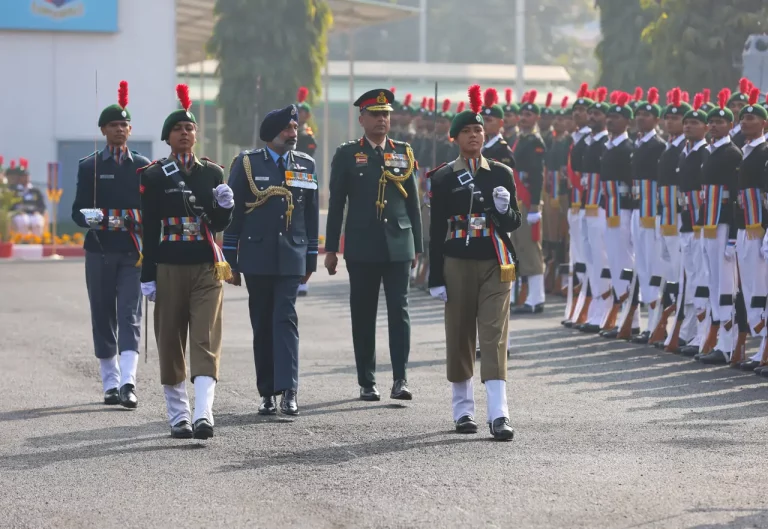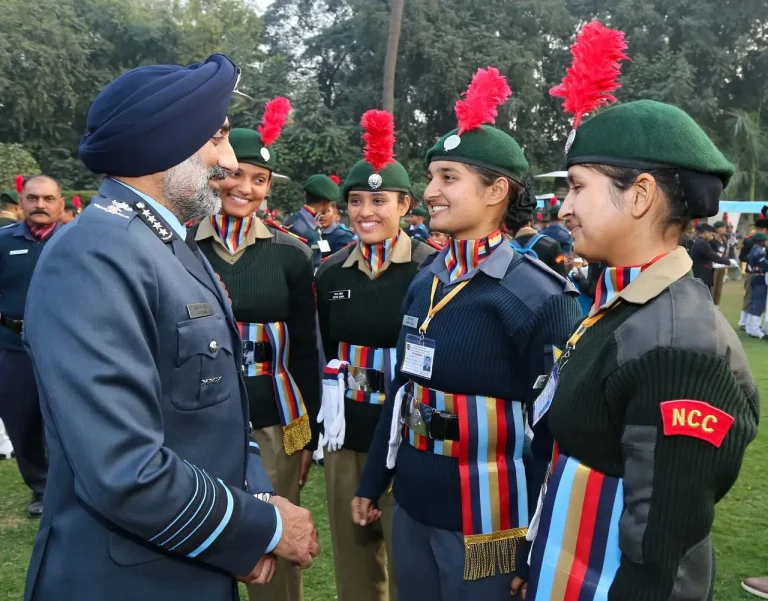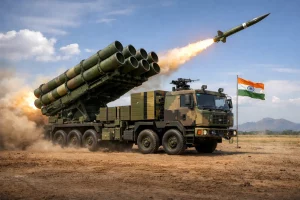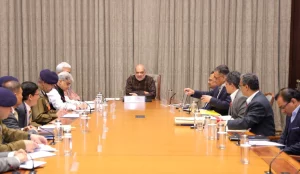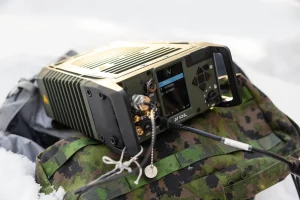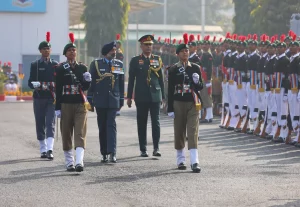The Indian government is actively working on drafting new, standardized guidelines for civil defense drills across the nation in response to major criticisms regarding poorly executed exercises during recent tensions with Pakistan. The Directorate General of Civil Defence, Fire Services and Home Guards (DGFSCDHG) has issued an internal circular recognizing significant gaps in preparedness and coordination that became evident during nationwide drills conducted for the first time in over twenty years.
These drills, referred to as Operation Abhyaas and Operation Shield, took place on May 7 and June 30, aimed at preparing the country for potential air raids involving drones, missiles, and aircraft, particularly in border cities and civilian-populated areas. Initiatives included rare blackouts and the installation of air raid sirens in key urban centers like Delhi. However, observations indicated a “slapdash” execution by several states, with many deviating from the planned scenarios or conducting unrelated drills, such as fire safety and hijack simulations.
In light of these shortcomings, the DGFSCDHG has begun the recruitment process for three subject matter experts tasked with drafting a comprehensive civil defense manual within six months. This manual is intended to provide state governments with a uniform protocol for responding to air raids, drone attacks, and mass-casualty emergencies. The decision addresses several issues, including confusion regarding protocols, unreliable siren systems, and misaligned drills that did not adequately reflect the modern asymmetric threats facing the country, notably highlighted during Pakistan’s drone bombardment linked to India’s Operation Sindoor.
Critical failures identified included outdated procedures, a lack of specific siren systems tailored to current threats, and broken or absent communication hotlines. Some states, particularly those situated far from border areas, were reported to have no functional air raid warning infrastructure, with a few relying on generic alarms originally intended for water tankers.
A senior official emphasized the necessity of having differentiated siren signals to indicate various levels of threat and clear instructions for citizens on how to respond in each situation. He underlined that consistency and urgency are crucial, considering the evolving nature of modern conflicts, which increasingly involve civilian targets.
In a letter dated May 27, the DGFSCDHG communicated to all state chief secretaries the identification of “critical gaps” that became apparent during the May 7 drill, though specific details about these shortcomings were withheld from public disclosure.
India currently boasts approximately 500,000 civil defense volunteers who are trained to assist in emergencies. Following recent developments, the government aims to increase this number to 1.5 million. The Ministry of Youth Affairs and Sports, in partnership with state governments, is organizing camps to recruit additional volunteers. A nationwide review of the volunteer strength and civil defense infrastructure is anticipated in the coming months.
The forthcoming guidelines are expected to serve as the foundation for a cohesive national civil defense strategy, significantly enhancing the country’s preparedness for future conflict scenarios that may involve both conventional and unconventional threats.
